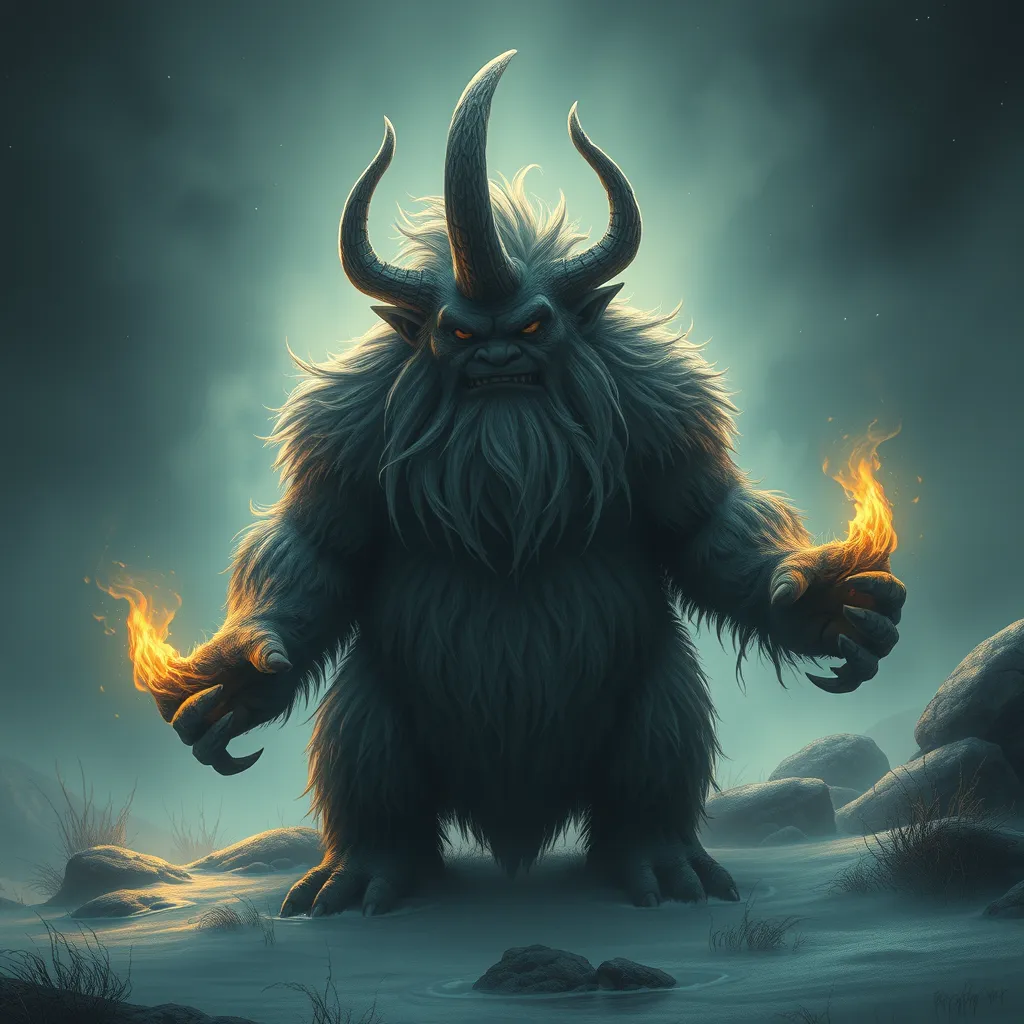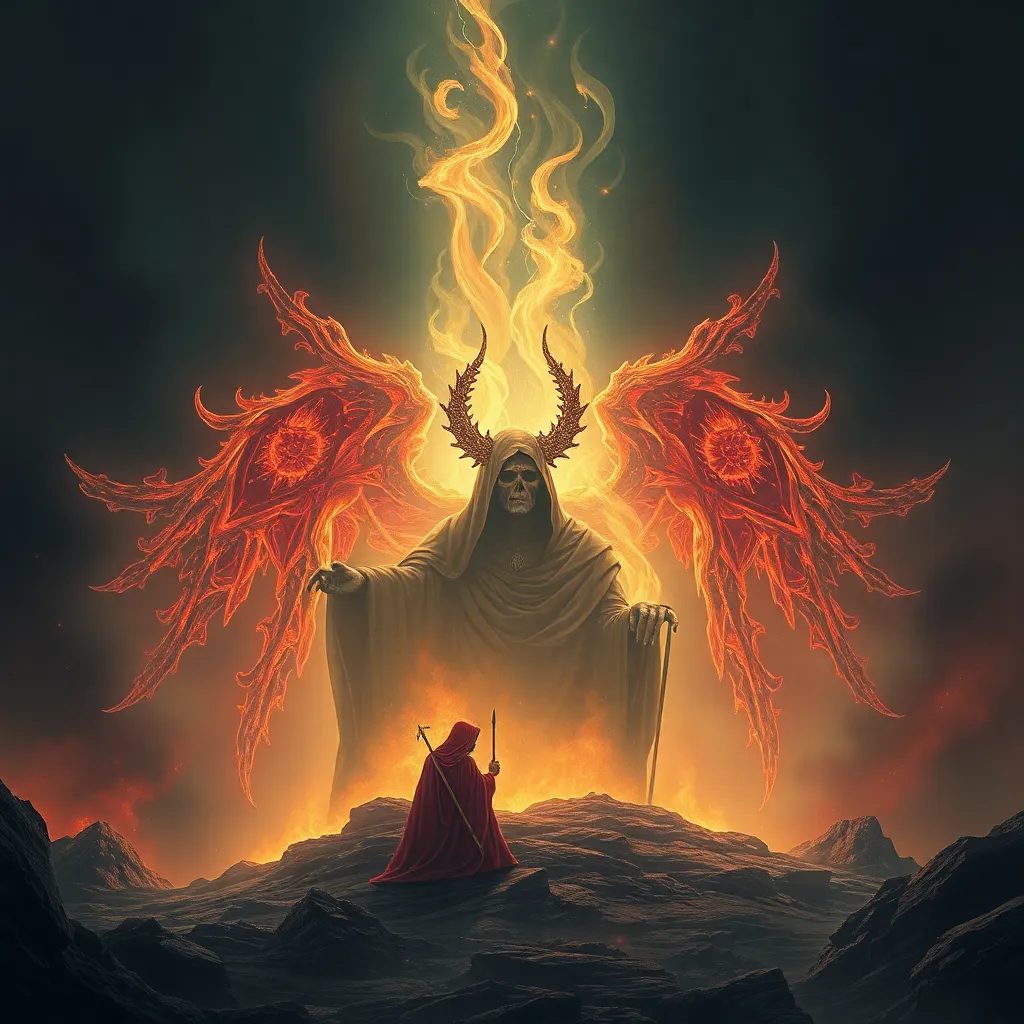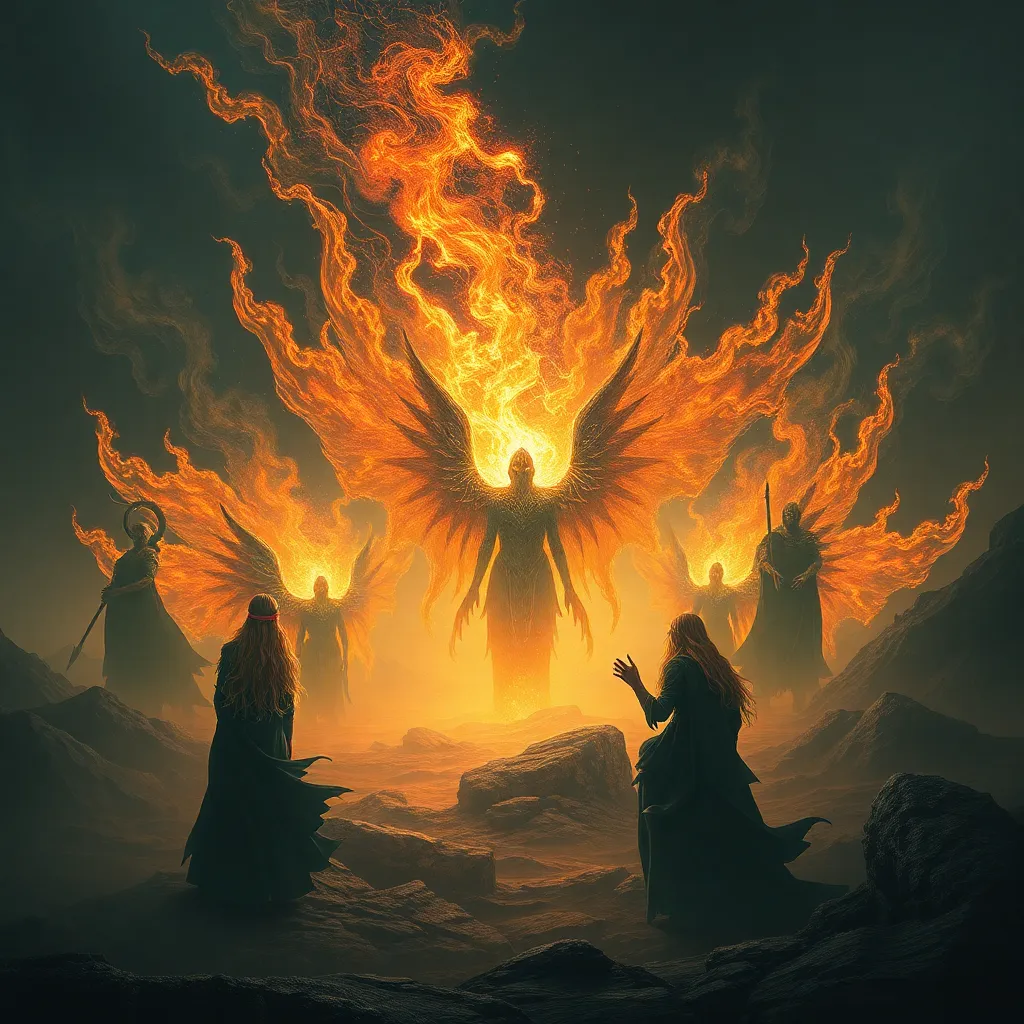The Hiisi: The Powerful Trolls of Finnish Mythology
I. Introduction to Finnish Mythology
Finnish mythology is a rich tapestry of stories, beliefs, and customs that have been passed down through generations. It encompasses a wide array of deities, spirits, and mythical creatures that reflect the natural world and the cultural identity of the Finnish people. Among these fascinating entities stands the Hiisi, a powerful and enigmatic figure in Finnish folklore.
The concept of Hiisi is deeply embedded in the folklore of Finland, representing not just a singular entity, but a complex character that embodies various traits and roles within mythological narratives. Understanding the Hiisi is essential for grasping the broader context of Finnish mythology and its significance in the cultural heritage of Finland.
II. Defining the Hiisi
A. Etymology and historical interpretations of “Hiisi”
The term “Hiisi” has its roots in the ancient Finnish language and is believed to derive from the Proto-Finnic word “hiisi,” which refers to a spirit or a demon. Historically, Hiisi has been associated with various meanings, often fluctuating between a benign guardian of nature and a malevolent being. In some texts, Hiisi is depicted as a forest spirit, while in others, it takes on the characteristics of a troll or a giant.
B. The characteristics and traits of Hiisi in mythological texts
Hiisi are often described as powerful and fearsome beings with a strong connection to the wilderness. They are typically depicted as:
- Large and strong, often resembling trolls or giants.
- Guardians of the forests, mountains, and other natural landscapes.
- Capable of both benevolent acts and malevolent mischief.
In many stories, Hiisi possess magical abilities, such as shapeshifting and controlling elements of nature, making them formidable figures in Finnish mythology.
III. The Role of Hiisi in Finnish Folklore
A. Hiisi as guardians of nature and the wilderness
In Finnish folklore, the Hiisi are often seen as protectors of the natural world. They are associated with specific locations, such as forests, hills, and lakes, where they are believed to guard the land and its creatures. Their role as guardians is dual-faceted: they can be protectors of the environment but also enforcers of the balance between humans and nature.
B. Hiisi in folk tales: Friend, foe, or both?
The portrayal of Hiisi in folk tales varies significantly. In some stories, they serve as helpful allies to humans, providing guidance or assistance in times of need. In contrast, other tales depict Hiisi as antagonists who create obstacles for heroes or punish those who disrespect nature. This duality highlights the complexity of the Hiisi character in Finnish folklore.
IV. Hiisi and Their Relationships with Other Mythical Beings
A. Interactions with deities and spirits in Finnish mythology
The Hiisi interact with various other beings in Finnish mythology, including deities like Ukko, the god of thunder, and Tapio, the god of the forest. Their relationships can be cooperative or antagonistic, depending on the context of the tales. Hiisi may assist these deities in their tasks or oppose them in their quests.
B. The Hiisi’s rivalry with other creatures such as Väinämöinen and Tapio
Hiisi often find themselves in conflict with notable figures in Finnish mythology. Väinämöinen, a central character in the epic “Kalevala,” frequently encounters Hiisi in his adventures. The Hiisi’s rivalry with Tapio, the forest god, is another significant aspect of their mythos, showcasing their role as both protectors and challengers within the mythological hierarchy.
V. Hiisi in Finnish Literature and Art
A. Representation of Hiisi in ancient and contemporary literature
Hiisi have been depicted in various literary works throughout Finnish history. In the “Kalevala,” they are portrayed with a mix of reverence and fear, embodying the wild and untamed aspects of nature. Contemporary literature continues to explore the Hiisi, often reimagining them in new contexts, reflecting modern perspectives on nature and folklore.
B. Artistic depictions and cultural significance of Hiisi
In Finnish art, Hiisi are often illustrated as formidable figures in the wilderness. Their representations can be found in paintings, sculptures, and even modern graphic novels, highlighting their enduring presence in Finnish culture. The artistic portrayal of Hiisi serves as a reminder of the deep connection between the Finnish people and their mythological roots.
VI. Modern Interpretations and Cultural Relevance
A. The Hiisi in modern Finnish culture and media
In recent years, there has been a resurgence of interest in Finnish mythology, including the Hiisi. They appear in various forms of media, including literature, film, and video games, often reinterpreted for contemporary audiences. This revival reflects a broader trend of reconnecting with cultural heritage and exploring ancient narratives in modern contexts.
B. The resurgence of interest in Finnish mythology
As globalization spreads, many cultures seek to preserve and celebrate their unique mythologies. In Finland, the Hiisi has become a symbol of national identity, representing the connection between the Finnish people and their land. Festivals, literature, and educational programs are increasingly focusing on these mythological figures, fostering a renewed appreciation for Finnish folklore.
VII. Comparative Analysis with Trolls in Other Mythologies
A. Similarities and differences with trolls in Norse and Scandinavian folklore
Hiisi share several characteristics with trolls found in Norse and Scandinavian mythology, yet they also possess distinct traits. Both Hiisi and trolls are often depicted as large, strong beings associated with nature, but the Hiisi’s role as guardians contrasts with the more chaotic and malevolent behavior of many trolls.
B. The universal archetype of the troll and its manifestations across cultures
The archetype of the troll appears in various cultures, often representing the untamed aspects of nature and the human psyche. While Hiisi are specific to Finnish mythology, the broader concept of trolls embodies fears and fascinations with the wild, serving as a reminder of humanity’s relationship with the natural world.
VIII. Conclusion
The Hiisi stand as a testament to the rich and vibrant world of Finnish mythology. Their enduring legacy reflects the importance of nature, the balance between humanity and the wilderness, and the complexities of cultural identity. As we continue to explore and preserve these mythological narratives, we gain a deeper understanding of not only Finnish culture but also the universal themes that connect us all.
In a rapidly changing world, the stories of the Hiisi remind us of our roots and the importance of cherishing the myths that shape our understanding of the world around us.



